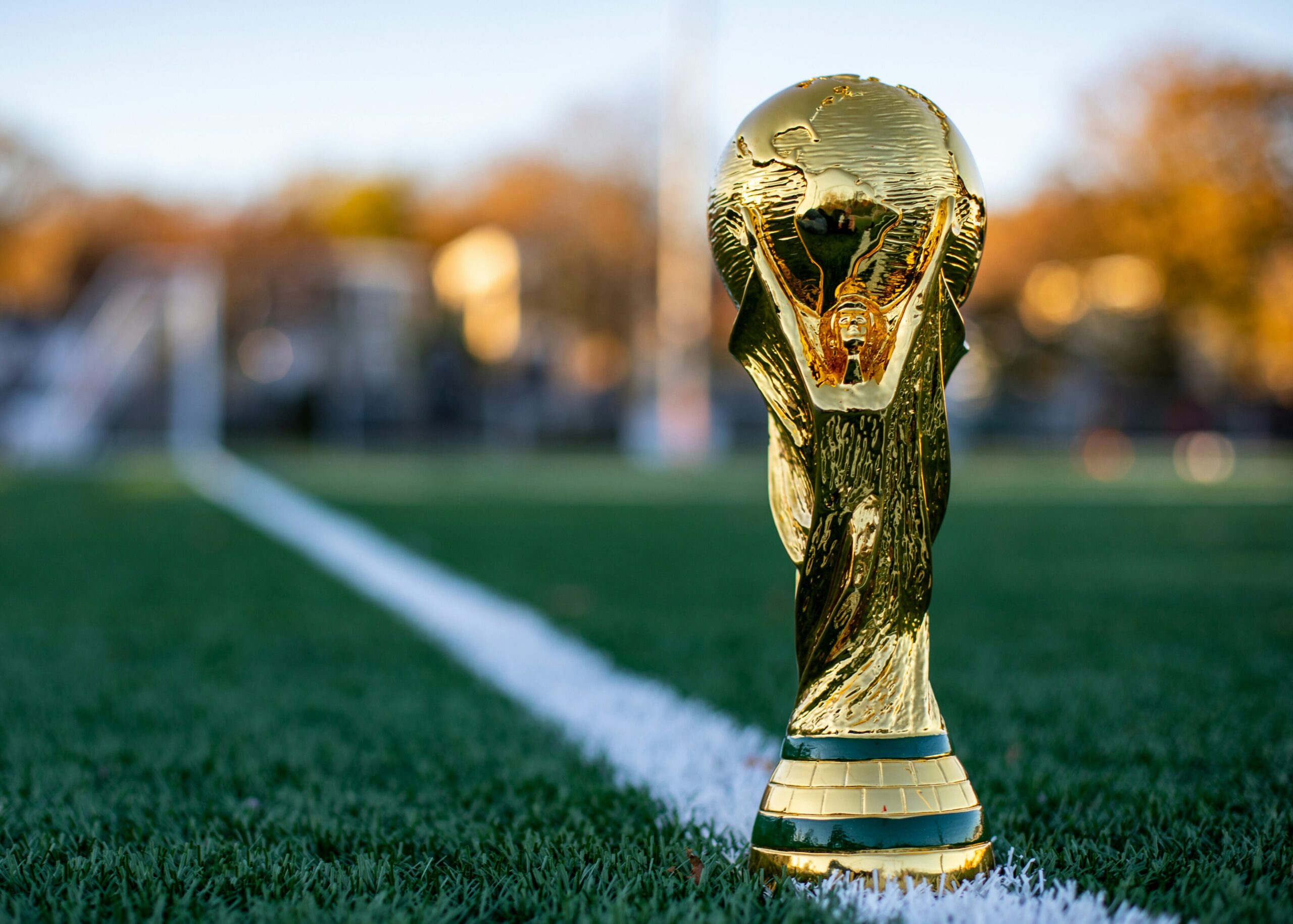The FIFA World Cup trophy is one of the most coveted prizes in sports, symbolizing excellence in football. Its creation is a meticulous process that combines art, engineering, and tradition. In this article, we will explore how the World Cup trophy is made, from its design inception to the final product.
1. Concept and Design
The journey of the World Cup trophy begins with its design. The current trophy, introduced in 1974, was designed by Italian artist Silvio Gazzaniga. It represents two human figures holding up the globe, symbolizing the unification of football across nations.
1. Initial Sketches
Designers start by sketching initial concepts, focusing on elements that reflect the spirit of the game. They consider the trophy’s symbolism, aesthetic appeal, and the materials to be used. The goal is to create a trophy that not only looks magnificent but also embodies the essence of football.
2. Material Selection
After the design is finalized, the next step involves selecting materials. The current World Cup trophy is made of 18-carat gold and weighs approximately 6.1 kilograms (13.5 pounds). The base of the trophy is made of malachite, a green stone that adds to its elegance.
2. Quality Assurance
Choosing high-quality materials is crucial for ensuring the trophy’s durability and appearance. The gold is sourced from responsible suppliers to maintain ethical standards in production.
3. Manufacturing Process
The manufacturing process is where the trophy truly comes to life. It involves several stages, from casting to polishing, and requires skilled craftsmanship.
3. Casting
The first stage in manufacturing the trophy is casting. Molten gold is poured into molds created from the design specifications. This process ensures that the trophy is formed accurately and retains the intricate details of the design.
3. Shaping and Refinement
Once the gold has cooled and solidified, artisans begin shaping and refining the trophy. This process requires precision, as every detail must be perfect. Craftsmen use various tools to carve out the finer details, ensuring the trophy meets the high standards expected by FIFA.
4. Polishing and Finishing Touches
After shaping, the trophy undergoes polishing to achieve a brilliant shine. This step is vital, as it enhances the trophy’s visual appeal and highlights the craftsmanship involved in its creation.
4. Final Inspections
Before the trophy is deemed complete, it goes through rigorous quality inspections. Craftsmen check for any imperfections and ensure that every aspect of the trophy is flawless.
5. Engraving and Personalization
Once the trophy is polished and approved, the next step is engraving. The names of the winning teams are inscribed on the base of the trophy, a tradition that honors past champions.
5. The Importance of Personalization
Engraving the names of the winners is significant as it adds a personal touch to the trophy. It not only commemorates the achievements of each team but also connects them to the rich history of the World Cup.
6. Packaging and Presentation
After completion, the World Cup trophy is carefully packaged for transport. Special protective measures are taken to ensure it arrives safely at the host country.
6. The Presentation Ceremony
The presentation of the trophy is a grand affair, often held in a ceremony attended by dignitaries and football legends. This moment is the culmination of years of hard work and passion, making it a memorable event for players and fans alike.
The making of the World Cup trophy is a remarkable journey that reflects the dedication, craftsmanship, and artistry involved in creating one of the most prestigious awards in sports. From the initial design to the final presentation, each step in the process is steeped in tradition and significance. As teams compete for glory on the pitch, the trophy stands as a testament to their achievements, embodying the spirit of football around the world.
